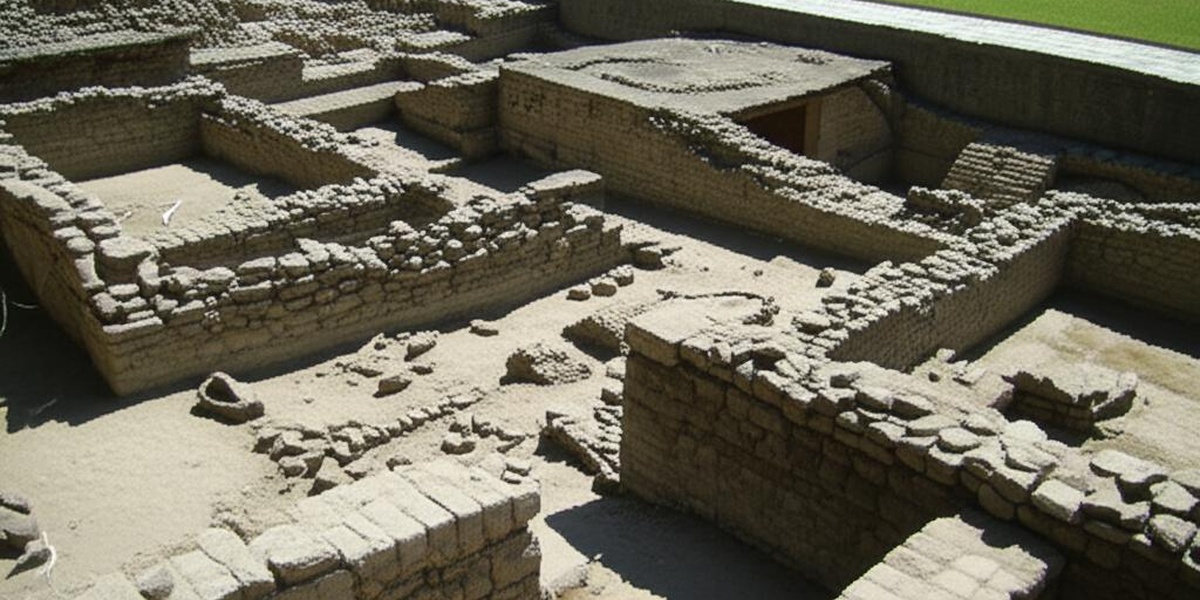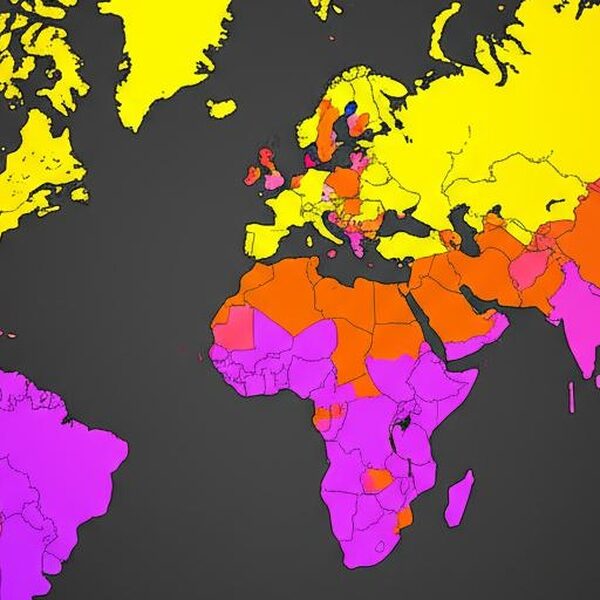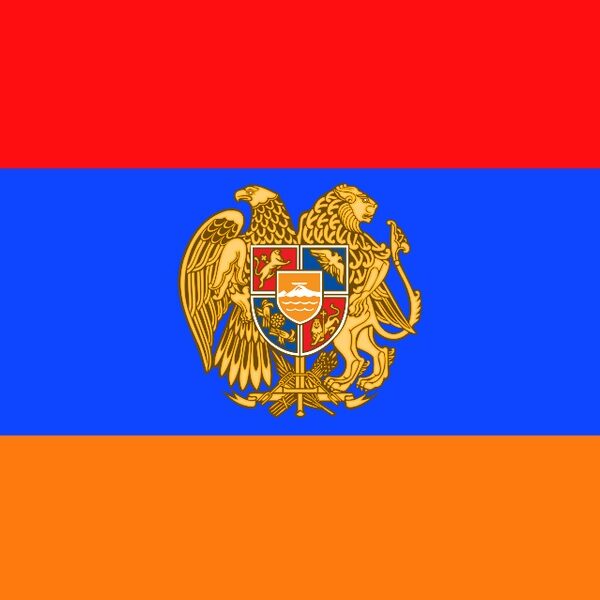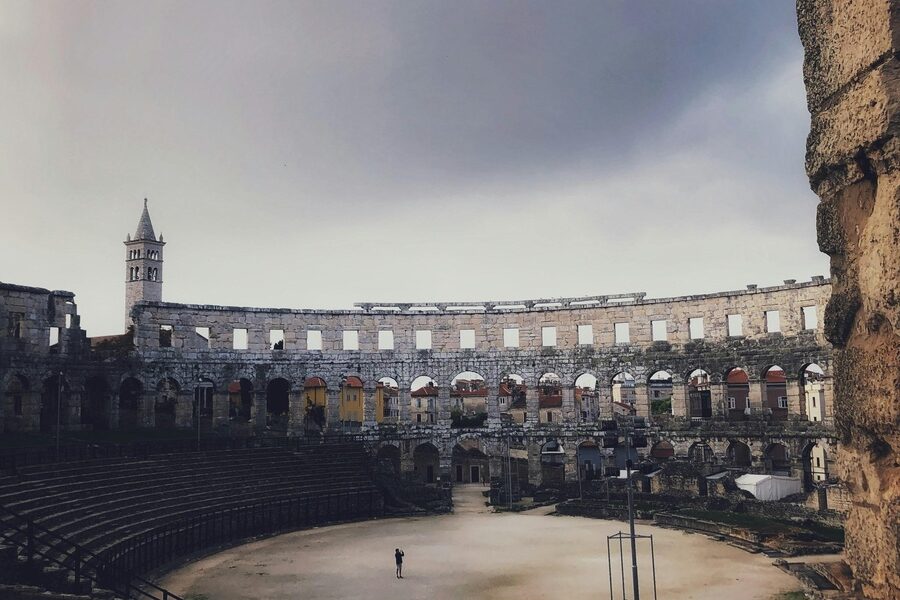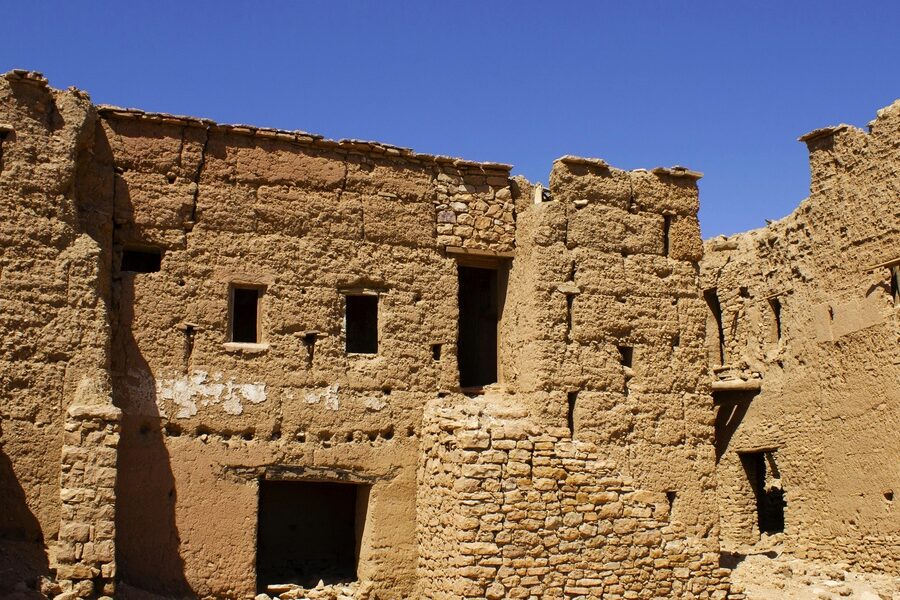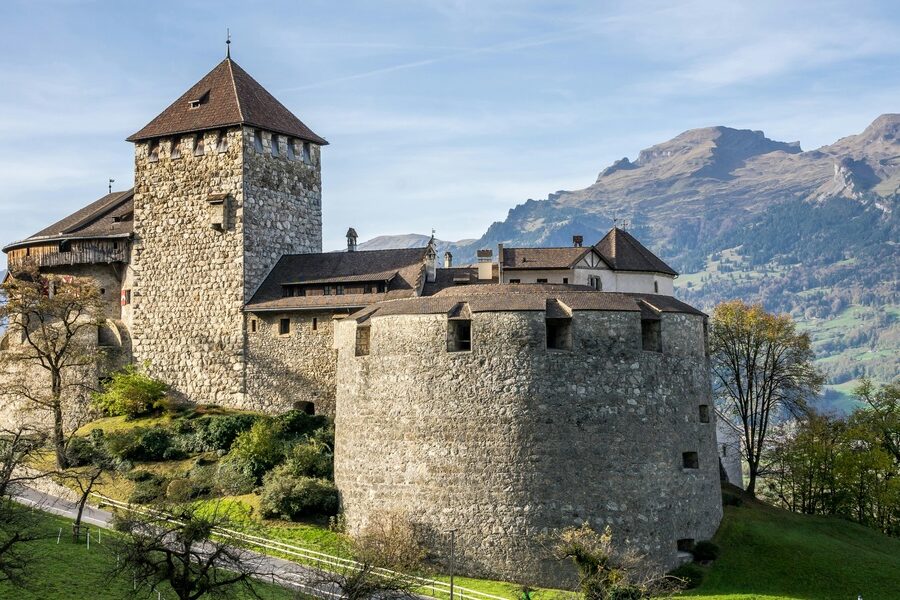El Salvador is home to 24 remarkable historical places that showcase its rich cultural heritage and diverse past. From ancient Mayan sites like Casa Blanca to impressive colonial and republican-era landmarks such as the Teatro Nacional de Santa Ana, these locations reveal stories from pre-Columbian civilizations to modern times. Many sites highlight El Salvador’s unique blend of indigenous roots and European influences, offering travelers and history lovers a deep look into the nation’s evolution.
Explore this complete list of historical places in El Salvador to discover key facts about each site, including their location, historical era, and main significance.
What Are the Most Important Historical Eras Represented in El Salvador?
El Salvador’s historical places mainly come from three key eras: Pre-Columbian, Colonial, and Republican. – Pre-Columbian sites like Joya de Cerén and Tazumal showcase ancient Mayan and Lenca cultures and their advanced civilizations. – Colonial-era landmarks include churches and towns such as Ciudad Vieja and Iglesia El Calvario, which reflect Spanish influence after the 1500s. – Republican sites cover the 19th and 20th centuries and include grand theaters, memorials, and modern architectural wonders symbolizing the country’s growth and resilience.
Each era offers a different view of El Salvador’s history, making it easy to understand the country’s cultural layers.
Where Are These Historical Places Located and How Can Visitors Explore Them?
These historical places spread across multiple departments, including Santa Ana, San Salvador, La Libertad, and Morazán, among others. Many sites are concentrated near major cities, making them accessible for travelers. Visitors can plan visits by focusing on regions or eras, such as touring Pre-Columbian ruins in La Libertad or exploring colonial towns in Cuscatlán. High-quality images and maps often help with trip planning. Practical tips include checking opening hours, guided tour availability, and local transportation options to make the most of each visit.
Historical Places in El Salvador
| Place Name | Location (Department) | Primary Historical Era | Key Significance |
|---|---|---|---|
| Joya de Cerén | La Libertad | Pre-Columbian | UNESCO World Heritage Site; a Mayan village preserved by volcanic ash, the “Pompeii of the Americas”. |
| Tazumal | Santa Ana | Pre-Columbian | Major Mayan ceremonial center featuring the tallest and best-preserved pyramid in El Salvador. |
| San Andrés | La Libertad | Pre-Columbian | A regional Mayan capital with pyramids, plazas, and an acropolis in the Zapotitán valley. |
| Cihuatán | San Salvador | Pre-Columbian | The largest known archaeological site in El Salvador, a major city after the Mayan collapse. |
| Casa Blanca | Santa Ana | Pre-Columbian | Mayan ceremonial site with pyramids and an important colonial-era indigo production workshop. |
| Quelepa | San Miguel | Pre-Columbian | Significant pre-Hispanic center of eastern El Salvador with distinct Lenca cultural influence. |
| Ciudad Vieja | Cuscatlán | Colonial | The original, short-lived site of the Villa de San Salvador, founded in 1525. |
| Historic Center of Suchitoto | Cuscatlán | Colonial | Beautifully preserved colonial town with cobblestone streets, art galleries, and a central plaza. |
| Iglesia Santa Lucía, Suchitoto | Cuscatlán | Colonial | Iconic white colonial church built in 1853, the centerpiece of the historic town. |
| Historic Center of Santa Ana | Santa Ana | Republican | Features an ensemble of grand architecture from the coffee boom era, including the theater. |
| Teatro Nacional de Santa Ana | Santa Ana | Republican | Opulent, European-style national theater, a symbol of the city’s golden age of coffee. |
| Catedral de Santa Ana | Santa Ana | Republican | An impressive neo-Gothic cathedral that is a major landmark of the country. |
| Palacio Nacional de El Salvador | San Salvador | Republican | Former seat of the Salvadoran government, now a museum and national historic monument. |
| Teatro Nacional de San Salvador | San Salvador | Republican | The oldest operating theater in Central America, known for its French Renaissance architecture. |
| Historic Center of San Salvador | San Salvador | Colonial/Republican | The nation’s core, with the Metropolitan Cathedral, National Palace, and historic plazas. |
| Iglesia El Rosario | San Salvador | Republican | Architectural marvel on a historic site, famed for its modernist design and rainbow-like interior. |
| Iglesia de Panchimalco | San Salvador | Colonial | One of the oldest and best-preserved colonial churches in El Salvador. |
| El Mozote Memorial | Morazán | Republican | A powerful memorial and monument dedicated to the victims of the 1981 civil war massacre. |
| Museo de la Revolución, Perquín | Morazán | Republican | Museum in a former guerrilla stronghold detailing the history of the Salvadoran Civil War. |
| Ruta de las Flores | Ahuachapán/Sonsonate | Republican | Historic route connecting coffee towns with traditional architecture, murals, and cultural heritage. |
| Santa Tecla Historic Center | La Libertad | Republican | A 19th-century city founded as a capital, known for its neogothic architecture. |
| Iglesia El Calvario, Metapán | Santa Ana | Colonial | An exceptional example of Spanish colonial baroque architecture, considered a national jewel. |
| Monumento a la Memoria y la Verdad | San Salvador | Republican | A memorial wall in Parque Cuscatlán inscribed with the names of civil war victims. |
| Monumento al Divino Salvador del Mundo | San Salvador | Republican | The country’s most iconic national monument, a symbol of Salvadoran identity and resilience. |
Images and Details
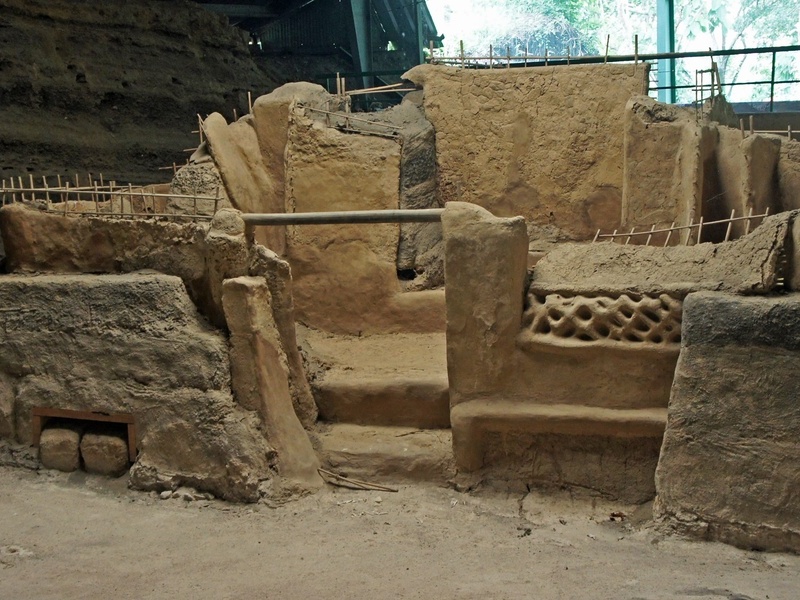
Joya de Cerén
Joya de Cerén is an archaeological site in La Libertad. It preserves a pre-Columbian Maya farming village. Volcanic ash buried the village around 600 AD. This event froze daily life. The site offers a unique glimpse into ancient Mesoamerican agriculture and social structures. It is a UNESCO World Heritage site. This makes it a primary historical place in El Salvador.
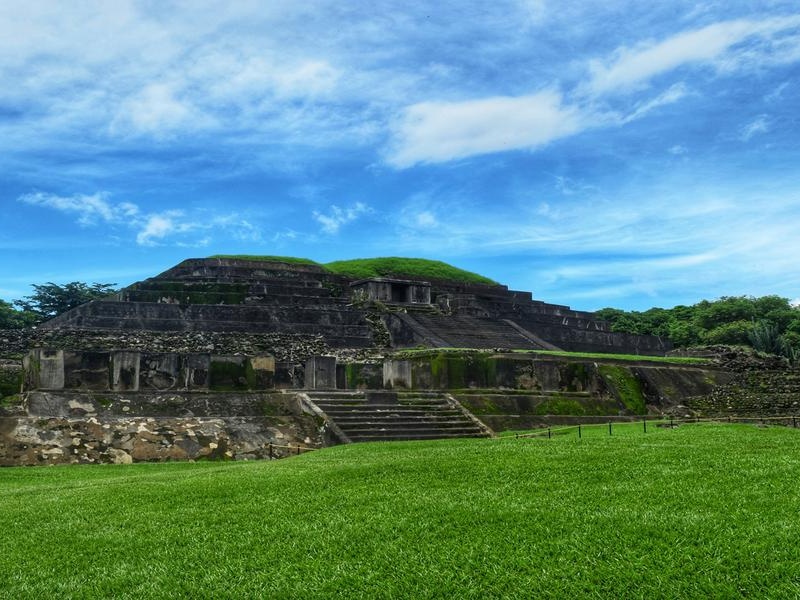
Tazumal
Tazumal is a major Mayan archaeological site in Chalchuapa, Santa Ana. It features several pyramids and structures. These structures show different construction phases spanning over 700 years. It was a significant ceremonial and political center. This site is central to understanding El Salvador’s pre-Columbian history.
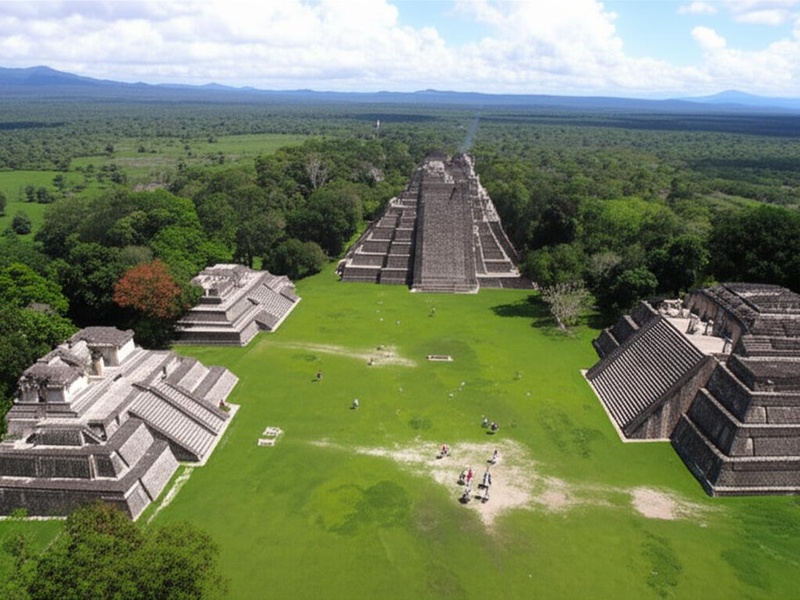
San Andrés
San Andrés is an important pre-Columbian archaeological site in La Libertad. It served as a regional capital and administrative center. Its structures include pyramids, a ceremonial plaza, and an indigo processing area. The site provides insight into ancient Salvadoran civilization. It represents a key historical era in the region.
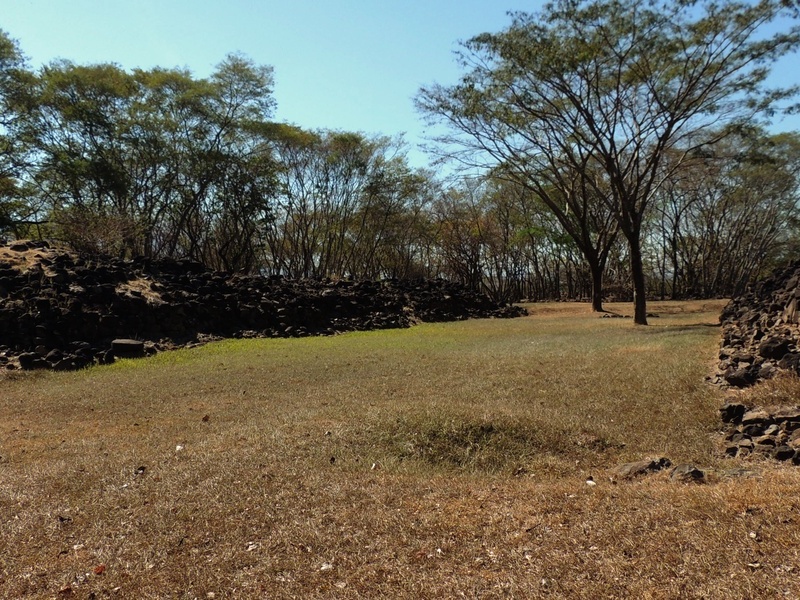
Cihuatán
Cihuatán is the largest archaeological site in El Salvador. It is located in San Salvador. This ancient city thrived after the collapse of the Classic Maya period. It features temples, ballcourts, and residential areas. Cihuatán offers extensive evidence of post-classic Mesoamerican life. It is a vital historical location for the country’s past.
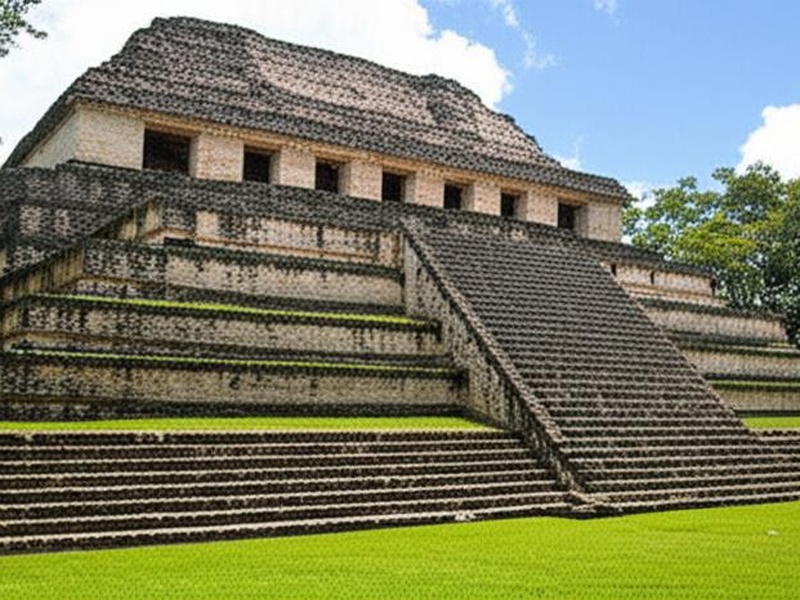
Casa Blanca
Casa Blanca is an archaeological park and museum near Chalchuapa, Santa Ana. It contains pre-Columbian structures and an ancient indigo processing plant. The site showcases the long history of indigo production in the region. It also preserves ancient Mayan ceremonial spaces. Casa Blanca is a significant historical site that illustrates both ancient life and early industry.
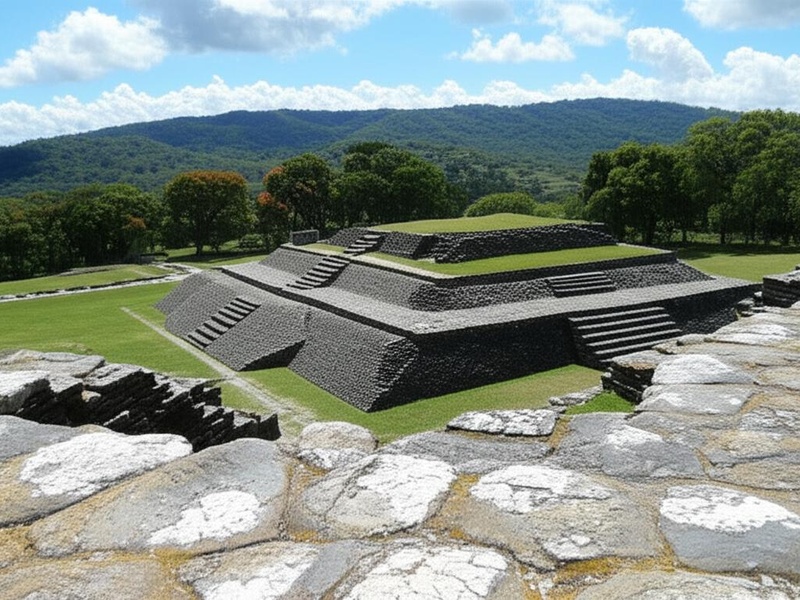
Quelepa
Quelepa is a pre-Columbian archaeological site in San Miguel. It was a major city of the Lenca people. The site features large earthen mounds and a distinctive architectural style. It provides crucial information about the Lenca civilization’s history and culture. Quelepa is a foundational historical site in eastern El Salvador.
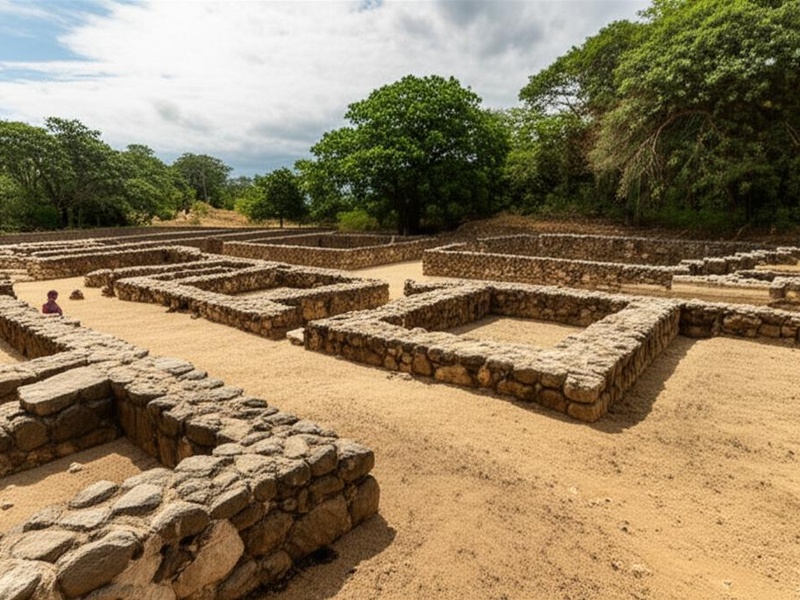
Ciudad Vieja
Ciudad Vieja is the site of El Salvador’s first colonial capital. It is located near Suchitoto, Cuscatlán. Spanish conquistadors founded it in 1525. Earthquakes and indigenous attacks led to its abandonment. This archaeological site offers a direct link to the earliest days of Spanish colonial rule in the region. It is an essential historical landmark.
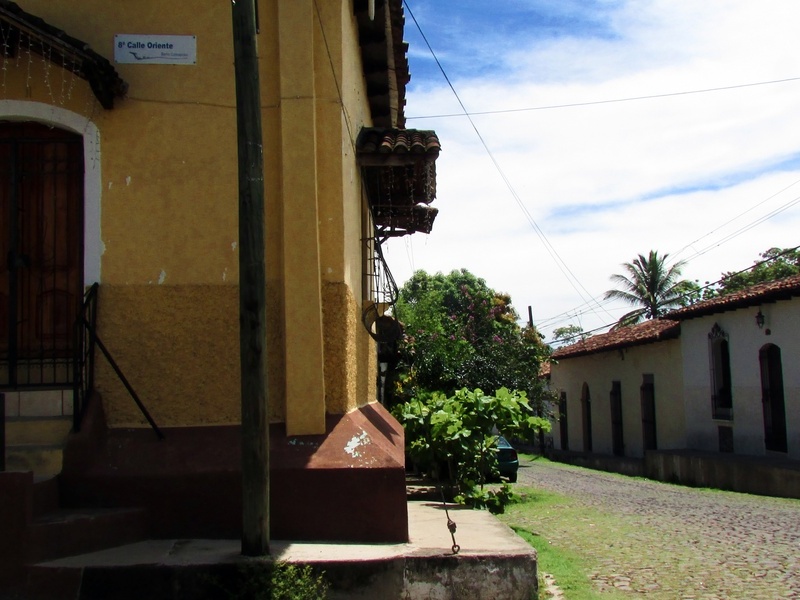
Historic Center of Suchitoto
The Historic Center of Suchitoto is a well-preserved colonial town in Cuscatlán. It features cobblestone streets, traditional houses, and a prominent church. This area reflects Spanish colonial architecture and urban planning. It provides a living example of El Salvador’s colonial heritage. Its charm and history make it a notable historical destination. Location on Google Maps >
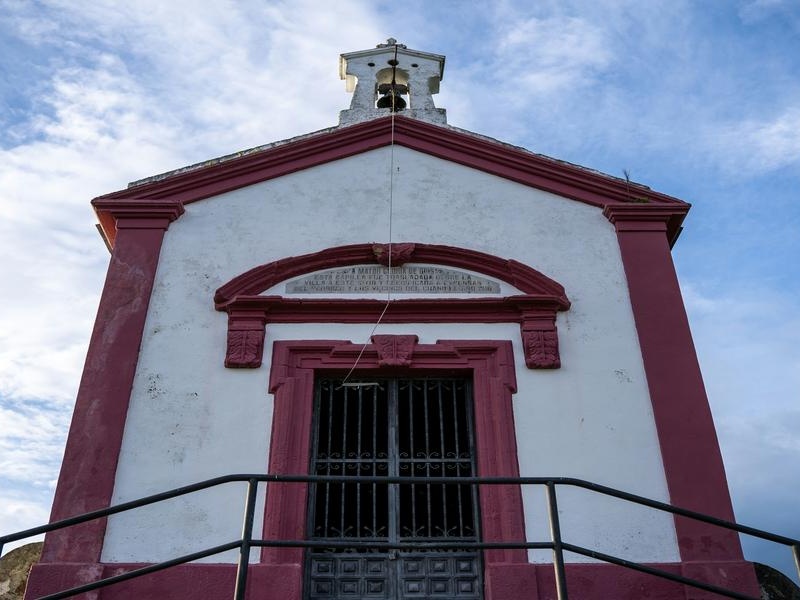
Iglesia Santa Lucía, Suchitoto
Iglesia Santa Lucía is a historic church located in the heart of Suchitoto, Cuscatlán. It was built in the late 18th century. The church displays colonial architectural styles. It is a central landmark in the town’s historic center. This building serves as a testament to religious and architectural history in El Salvador. Location on Google Maps >
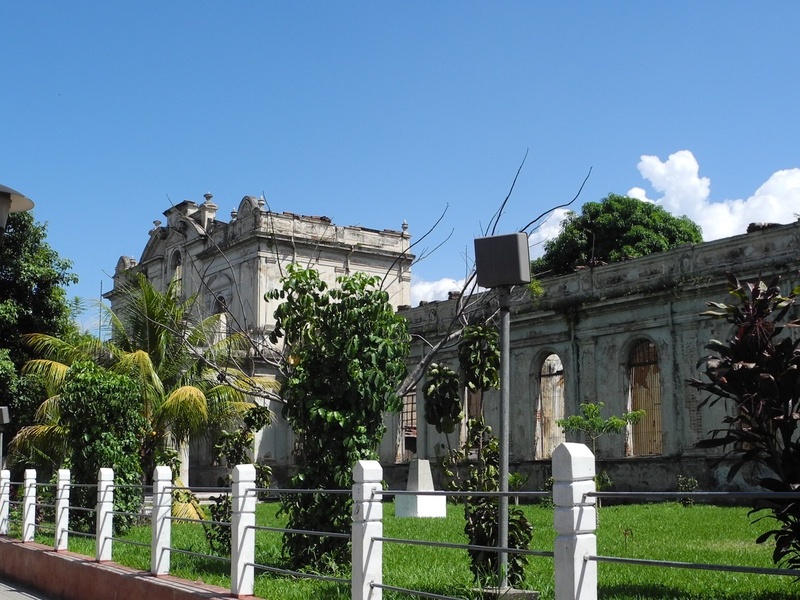
Historic Center of Santa Ana
The Historic Center of Santa Ana showcases grand colonial and republican architecture. Santa Ana is El Salvador’s second-largest city. Key landmarks include its majestic cathedral and the National Theater. This area reflects the wealth and importance of the city during the coffee boom era. It is a vital example of the country’s architectural and economic history. Location on Google Maps >

Teatro Nacional de Santa Ana
The Teatro Nacional de Santa Ana is a magnificent building in Santa Ana. It opened in 1910. The theater is a prime example of French Renaissance architecture. It represents the cultural and economic prosperity of Santa Ana in the early 20th century. This grand theater stands as an important historical and artistic landmark. Location on Google Maps >
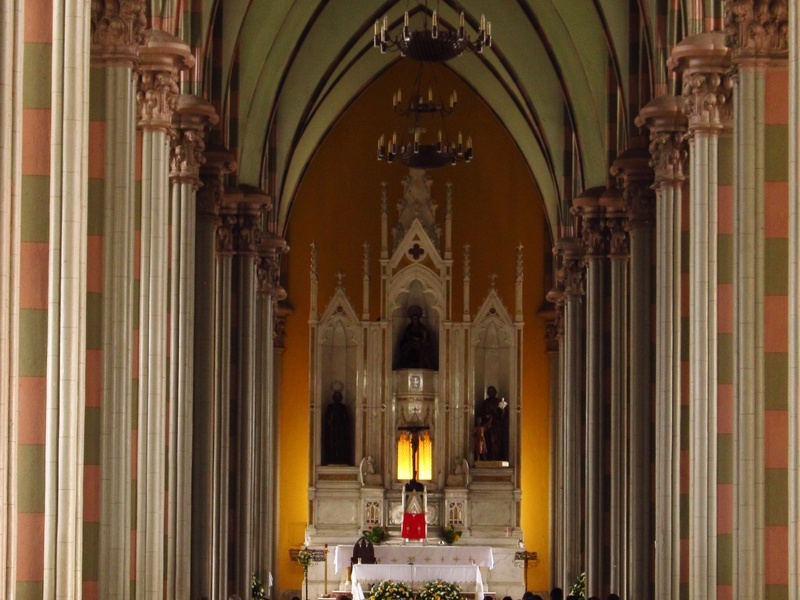
Catedral de Santa Ana
The Catedral de Santa Ana is a major landmark in Santa Ana. Its construction began in 1906 and finished in 1959. This impressive Gothic Revival cathedral dominates the city’s main square. It showcases elaborate architectural details. The cathedral is a symbol of the city’s religious heritage and a significant historical structure. Location on Google Maps >
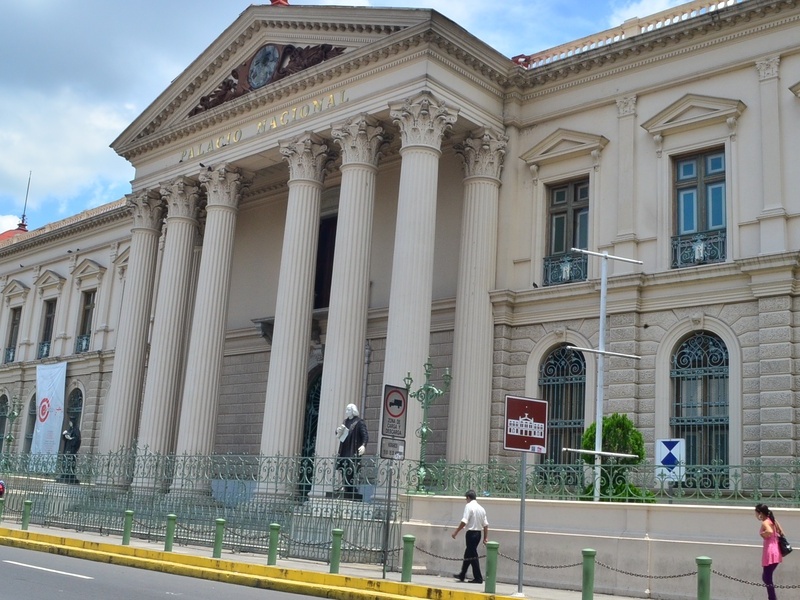
Palacio Nacional de El Salvador
The Palacio Nacional de El Salvador is a grand government building in San Salvador. It was built between 1905 and 1911. The palace served as the seat of the Salvadoran government for many decades. Its neoclassical architecture and historical significance make it a key landmark. It is an important part of the country’s political history. Location on Google Maps >
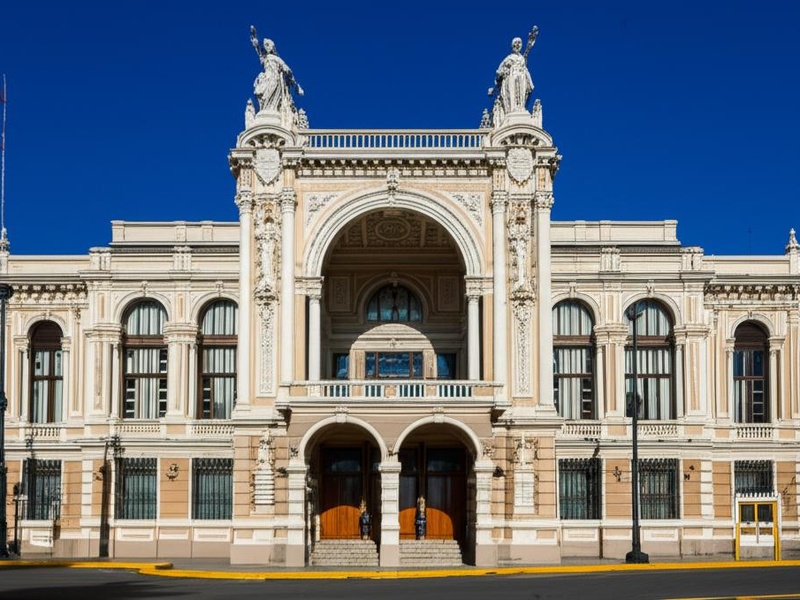
Teatro Nacional de San Salvador
The Teatro Nacional de San Salvador is the oldest theater in Central America. It opened in 1917. The theater is a stunning example of French Renaissance and Rococo architecture. It has hosted countless cultural events and performances. This building is a significant historical and artistic landmark in the capital city. Location on Google Maps >
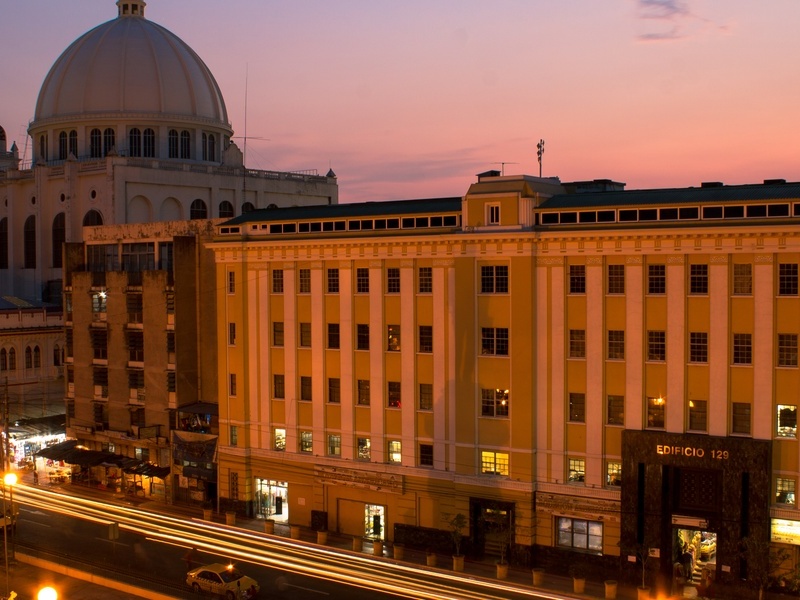
Historic Center of San Salvador
The Historic Center of San Salvador is the heart of the capital city. It holds numerous significant historical buildings and plazas. Key sites include the Metropolitan Cathedral, National Palace, and National Theater. This area reflects centuries of Salvadoran history, from colonial times to the present. It represents the cultural and political evolution of the nation. Location on Google Maps >
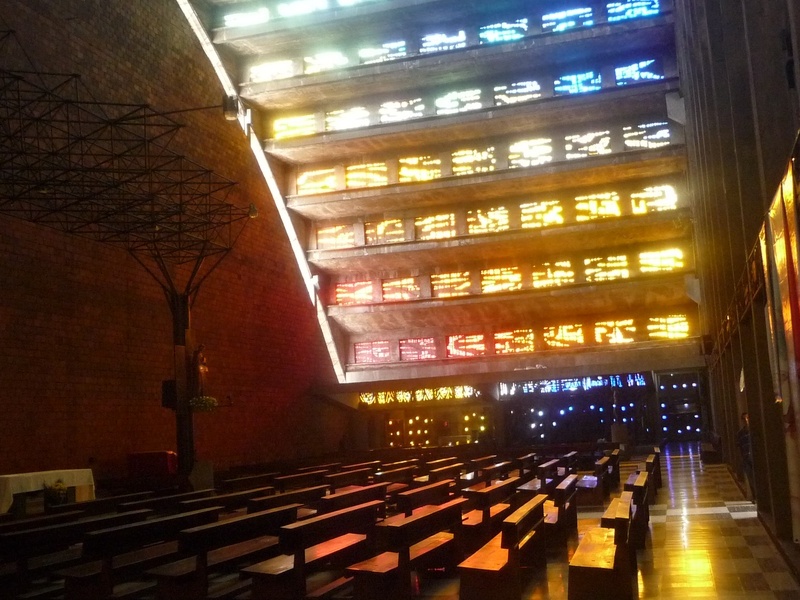
Iglesia El Rosario
Iglesia El Rosario is a unique church in San Salvador. It was completed in 1971. The church stands out for its modern, brutalist architecture. Artist Rubén Martínez designed its concrete and stained-glass structure. This building is a significant example of 20th-century religious architecture in El Salvador. It is a striking historical and artistic site. Location on Google Maps >
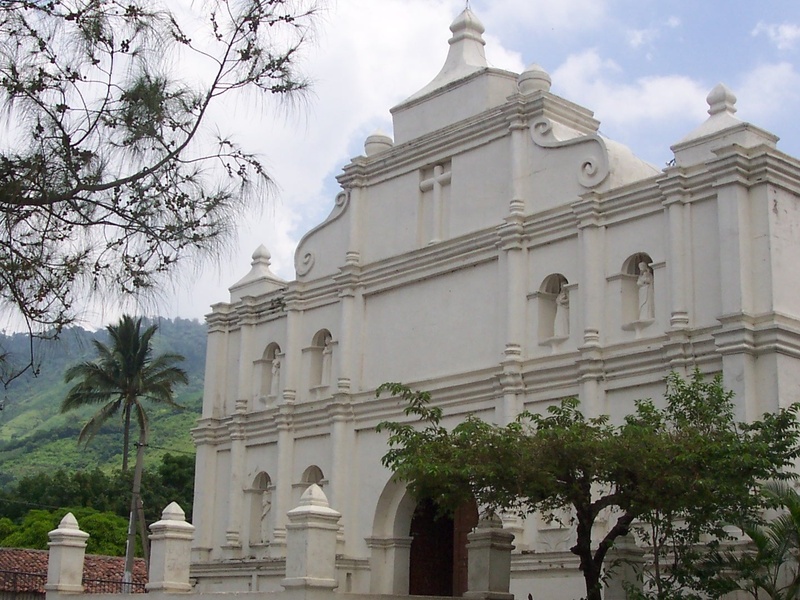
Iglesia de Panchimalco
Iglesia de Panchimalco is one of the oldest colonial churches in El Salvador. It is located in Panchimalco, San Salvador. Spanish friars built this church in the mid-18th century. Its whitewashed facade and wooden roof are characteristic of the period. This church represents a deep historical connection to the indigenous and colonial past of the region. Location on Google Maps >
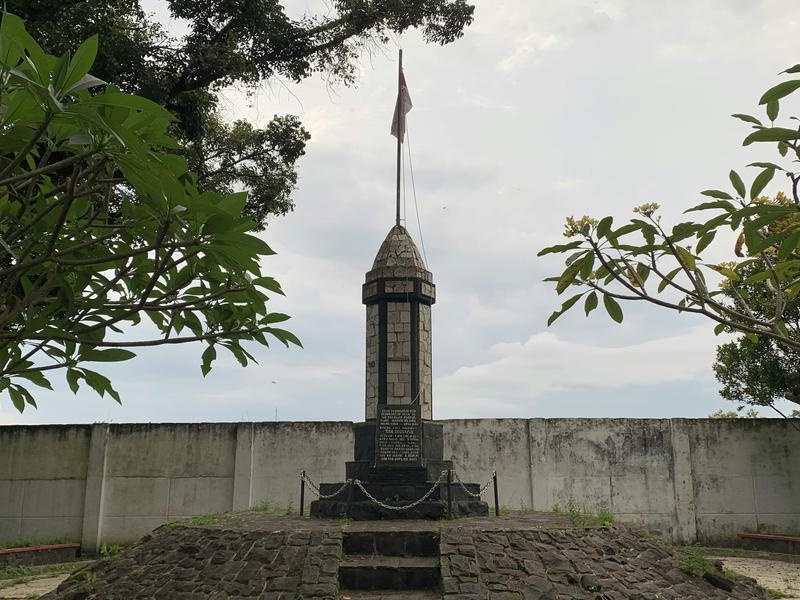
El Mozote Memorial
El Mozote Memorial commemorates the victims of the El Mozote massacre in Morazán. This event occurred in December 1981 during the Salvadoran Civil War. The memorial stands as a powerful symbol of memory and justice. It educates visitors about a tragic chapter in El Salvador’s modern history. This site is crucial for understanding the nation’s recent past.
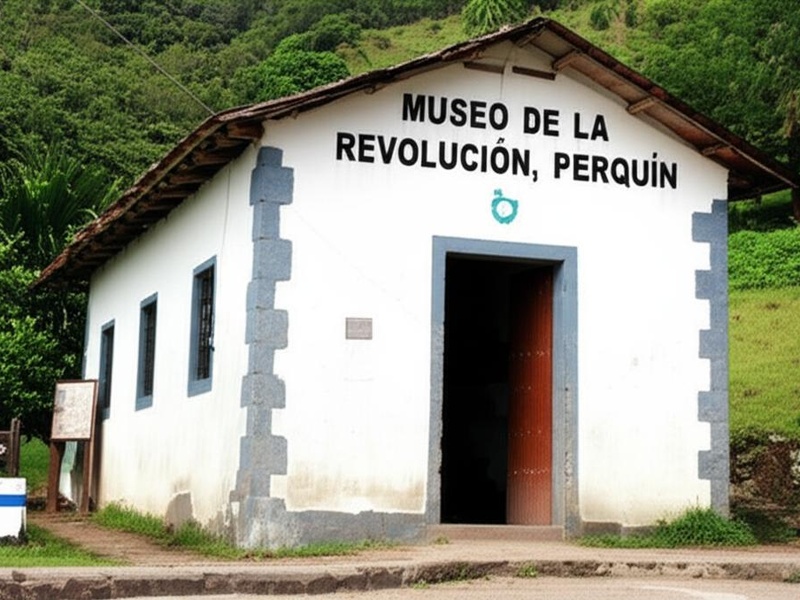
Museo de la Revolución, Perquín
The Museo de la Revolución is located in Perquín, Morazán. It documents the Salvadoran Civil War. The museum features exhibits on the FMLN guerrilla movement and the conflict’s impact. It preserves a significant period of El Salvador’s recent history. This site offers firsthand accounts and artifacts from the war. Location on Google Maps >

Ruta de las Flores
Ruta de las Flores is a scenic tourist route through western El Salvador. It connects charming colonial towns like Juayúa, Apaneca, and Ataco. This route highlights traditional coffee plantations and vibrant local culture. It offers a glimpse into El Salvador’s agricultural history and preserved colonial lifestyle. The route represents a collection of historical charm. Location on Google Maps >
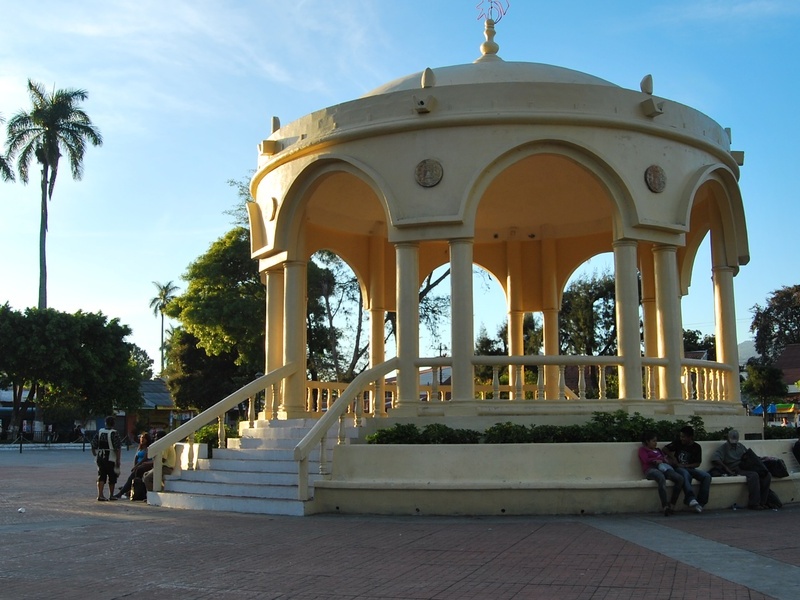
Santa Tecla Historic Center
The Santa Tecla Historic Center is renowned for its late 19th and early 20th-century architecture. Santa Tecla briefly served as the capital after a devastating earthquake in San Salvador in 1854. Its well-preserved buildings showcase the rapid development of the city. This area reflects a distinct period of urban planning and growth in El Salvador’s history. Location on Google Maps >
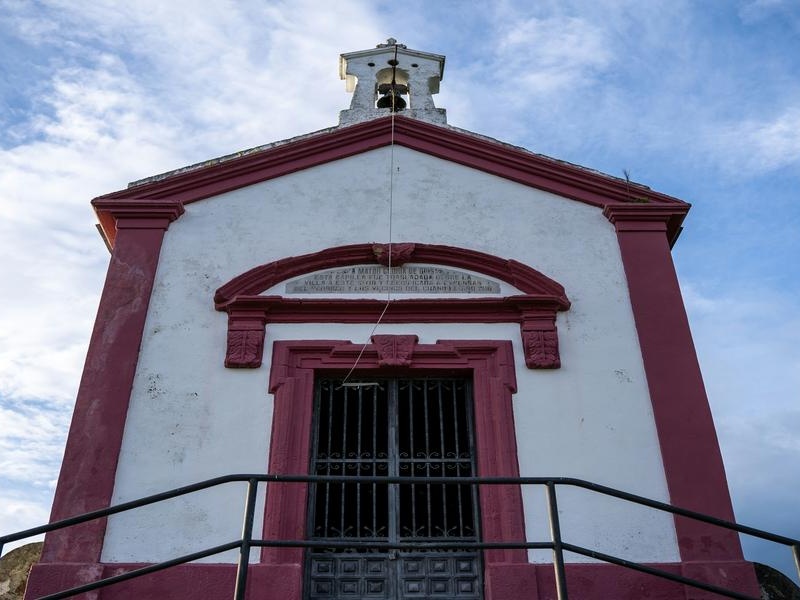
Iglesia El Calvario, Metapán
Iglesia El Calvario is a historic church located in Metapán, Santa Ana. It dates back to the colonial period. The church features impressive architectural details and a rich religious heritage. It stands as a significant example of colonial church design in western El Salvador. This building is a key historical and cultural landmark in the region. Location on Google Maps >
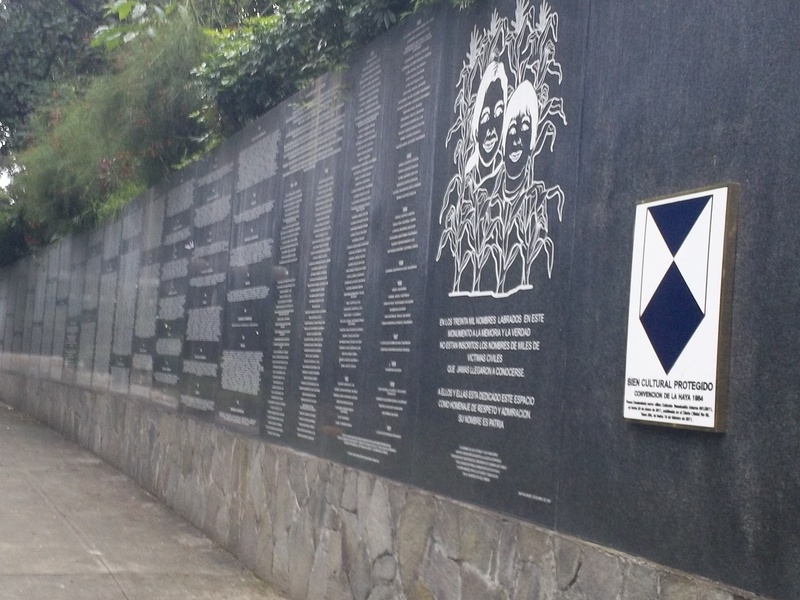
Monumento a la Memoria y la Verdad
Monumento a la Memoria y la Verdad is a significant memorial in San Salvador. It honors the victims and missing persons of the Salvadoran Civil War. The monument serves as a place for reflection and remembrance. It promotes historical understanding and reconciliation. This site is vital for acknowledging and learning from the country’s recent tumultuous past.
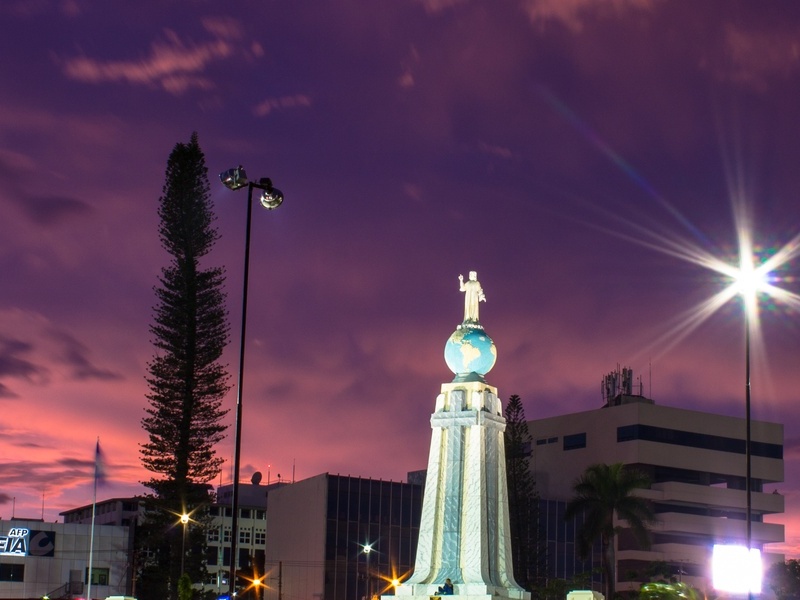
Monumento al Divino Salvador del Mundo
Monumento al Divino Salvador del Mundo is an iconic monument in San Salvador. It features a statue of Jesus Christ atop a globe, placed on a tall pedestal. The monument symbolizes El Salvador’s deep religious faith and identity. It is a central landmark in the capital city. This monument is a modern historical symbol of the nation.

